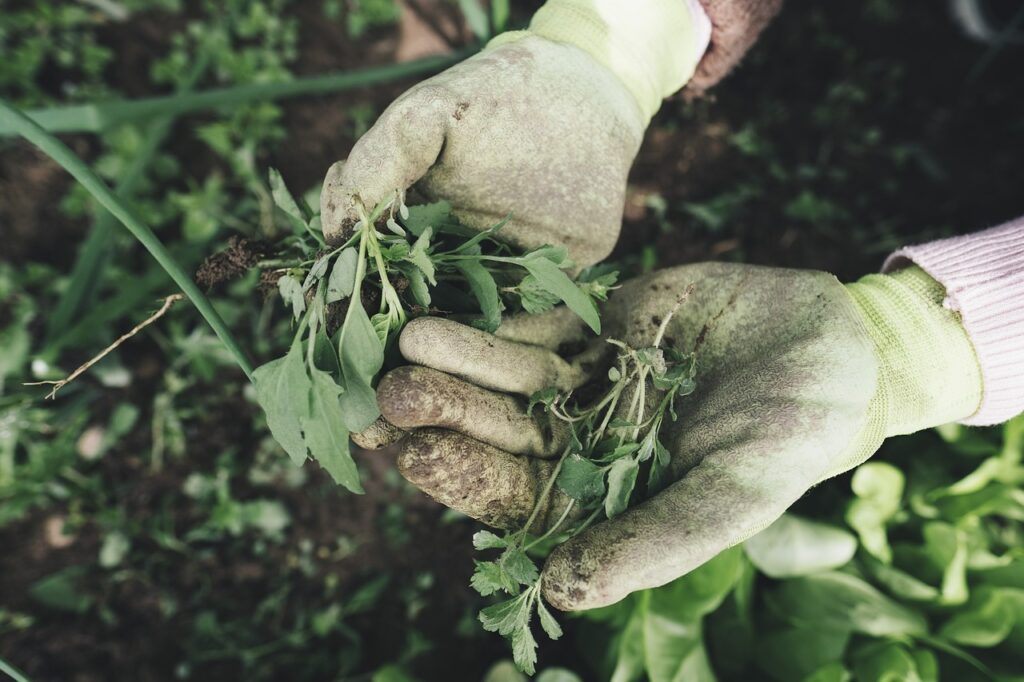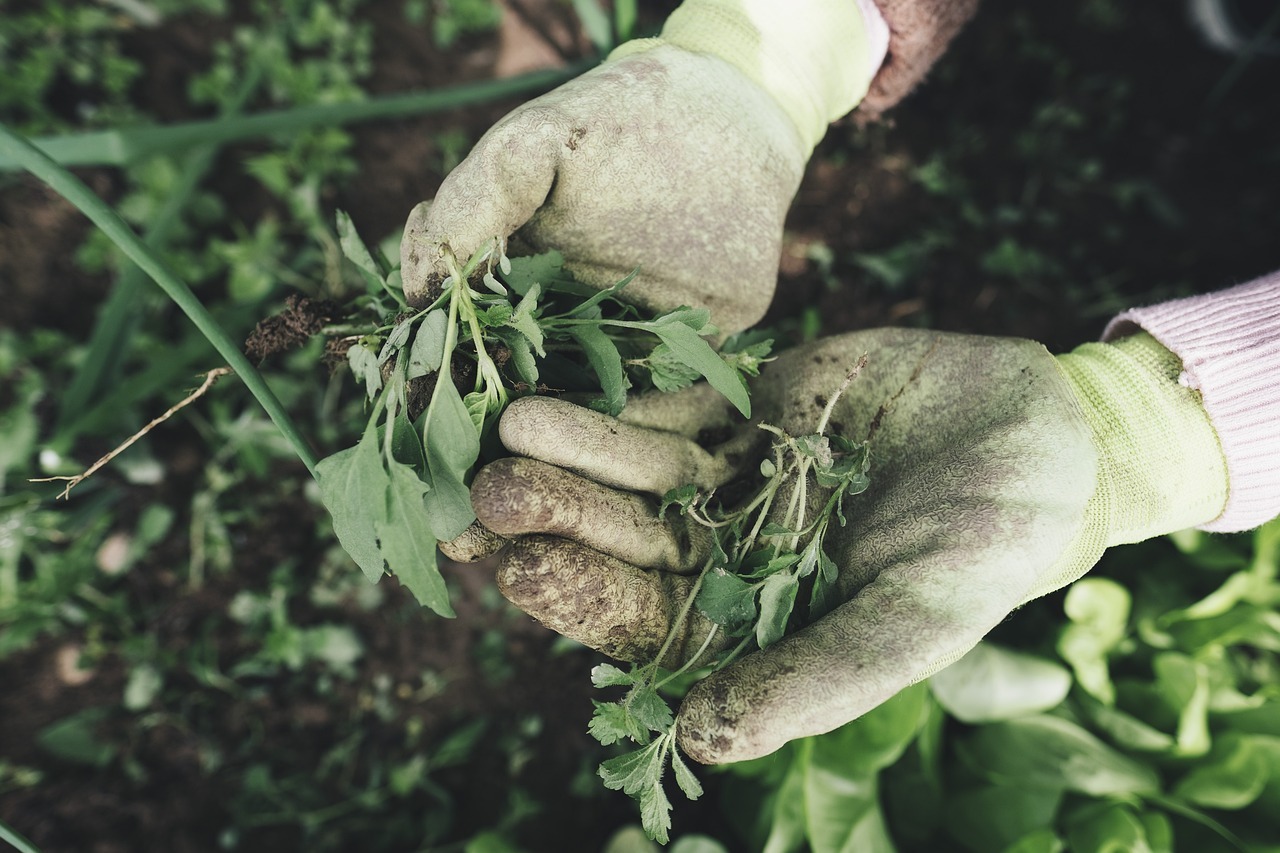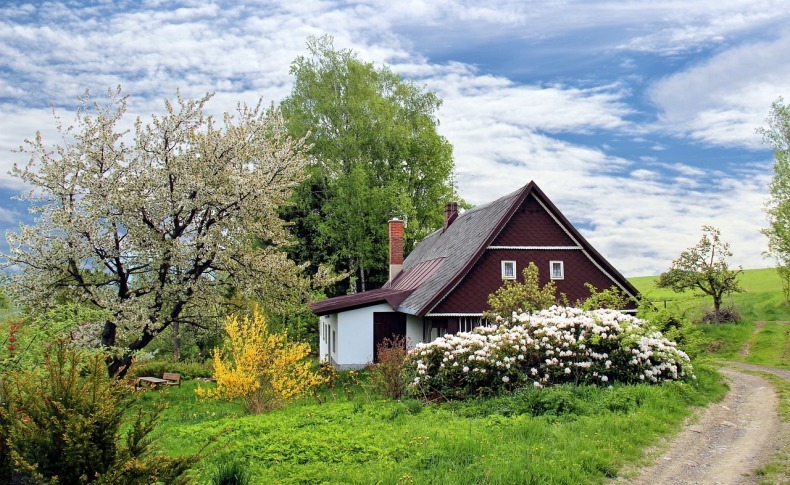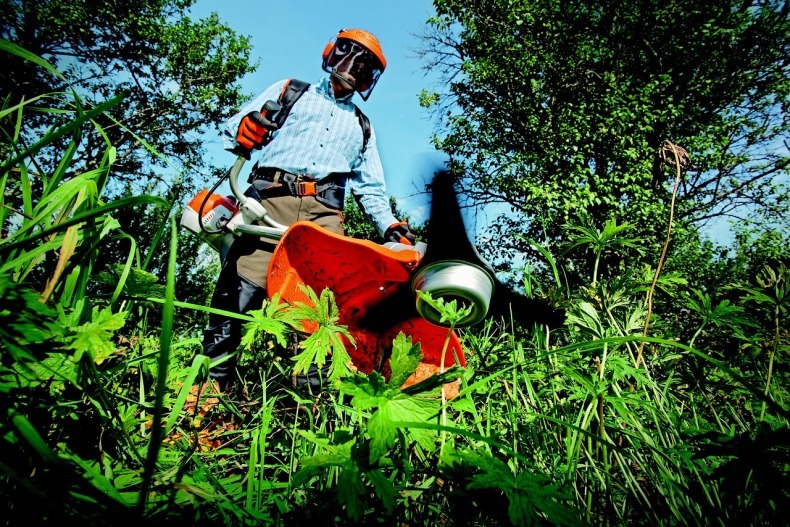
Introduction
Gardening is a rewarding hobby that not only beautifies your space but also contributes to your mental and physical well-being. However, starting a garden can be overwhelming for beginners. This guide provides essential garden care tips to help you cultivate thriving plants and enjoy the fruits (and flowers) of your labor.
Table of Contents
- Understanding Your Garden Environment
- 1.1 Climate and Hardiness Zones
- 1.2 Soil Types and Composition
- Essential Tools for Garden Care
- 2.1 Basic Gardening Tools
- 2.2 Advanced Tools for Serious Gardeners
- Soil Preparation and Maintenance
- 3.1 Testing Your Soil
- 3.2 Amending Soil for Nutrients
- Choosing the Right Plants
- 4.1 Annuals vs. Perennials
- 4.2 Native Plants vs. Exotic Species
- Watering Wisely
- 5.1 When and How to Water
- 5.2 Irrigation Systems for Efficiency
- Fertilization Techniques
- 6.1 Types of Fertilizers
- 6.2 Organic vs. Chemical Fertilizers
- Pest Management Strategies
- 7.1 Identifying Common Garden Pests
- 7.2 Natural Pest Control Methods
- Pruning and Maintenance
- 8.1 When to Prune
- 8.2 Techniques for Different Plants
- FAQs
- Conclusion
1. Understanding Your Garden Environment
1.1 Climate and Hardiness Zones
Before you plant anything, it’s crucial to understand your local climate and hardiness zone. The USDA Plant Hardiness Zone Map helps gardeners determine which plants will thrive in their area. Make sure to choose plants suited to your zone to ensure successful growth.
1.2 Soil Types and Composition
Different plants have different soil requirements. Common soil types include sandy, clay, loamy, and silt. Conduct a soil test to determine its pH and nutrient content. This information will guide you in selecting plants and amending the soil.
2. Essential Tools for Garden Care
2.1 Basic Gardening Tools
Investing in a few essential tools can make gardening easier:
- Hand Trowel : For digging and planting small seeds.
- Pruning Shears : For trimming and shaping plants.
- Watering Can : For precise watering of individual plants.
- Garden Fork : For turning and aerating soil.
2.2 Advanced Tools for Serious Gardeners
For more extensive gardens, consider:
- Rototiller : For preparing large areas of soil.
- Hose with Nozzle : For efficient watering.
- Gardening Gloves : To protect your hands from thorns and blisters.
3.Soil Preparation and Maintenance
3.1 Testing Your Soil
Use a soil test kit to assess your soil’s nutrient levels and pH. Most plants prefer a pH between 6.0 and 7.5. Amend your soil based on the test results to create the ideal environment for your plants.
3.2 Amending Soil for Nutrients
Add organic matter such as compost or well-rotted manure to enrich the soil. This improves soil structure, drainage, and nutrient retention, creating a thriving environment for your plants.
4. Choosing the Right Plants
4.1 Annuals vs. Perennials
- Annuals : These plants complete their life cycle in one growing season. They offer vibrant colors and variety.
- Perennials : These plants come back year after year, making them a great investment for your garden.
4.2 Native Plants vs. Exotic Species
Native plants are adapted to your local environment, requiring less water and maintenance. Exotic species may add diversity but can sometimes become invasive. Choose wisely based on your garden’s needs.
5. Watering Wisely
5.1 When and How to Water
Water early in the morning or late in the afternoon to reduce evaporation. Deep, infrequent watering encourages roots to grow deeper, making plants more resilient.
5.2 Irrigation Systems for Efficiency
Consider drip irrigation or soaker hoses to deliver water directly to the roots. This method conserves water and minimizes the risk of fungal diseases.
6. Fertilization Techniques
6.1 Types of Fertilizers
- Granular Fertilizers : Slow-release options that nutrients provide over time.
- Liquid Fertilizers : Fast-acting solutions that can be applied directly to plants.
6.2 Organic vs. Chemical Fertilizers
Organic fertilizers are made from natural materials and improve soil health over time. Chemical fertilizers provide quick nutrients but can lead to soil degradation if used excessively.
7. Pest Management Strategies
7.1 Identifying Common Garden Pests
Familiarize yourself with common pests such as aphids, slugs, and spider mites. Regularly inspect your plants for signs of damage.
7.2 Natural Pest Control Methods
Encourage beneficial insects like ladybugs and lacewings, which prey on harmful pests. You can also use homemade sprays made from soap or garlic to deter unwanted visitors.
8. Pruning and Maintenance
8.1 When to Prune
Pruning schedules vary by plant type. Generally, prune flowering shrubs after they bloom and fruit-bearing plants in late winter or early spring.
8.2 Techniques for Different Plants
Learn the specific pruning techniques for various plants, including deadheading flowers and thinning out branches to promote better airflow.
9. FAQs
Q1: How often should I water my garden?
A1 : Water frequency depends on the type of plants and climate. Typically, gardens need about 1 inch of water per week.
Q2: What is the best time to fertilize?
A2 : Fertilize in the spring when plants are actively growing, and again in the late summer for perennials.
Q3: How do I know if my plants are getting enough sunlight?
A3 : Observe their growth. If they appear leggy or are leaning toward the light, they may need more sunlight.
Q4: What should I do if my plants are infested with pests?
A4 : Identify the pest and choose an appropriate control method, either natural or chemical, to treat the infestation.
Conclusion
Starting and maintaining a garden is a fulfilling journey that requires knowledge and care. By following these essential garden care tips, you’ll create an environment where your plants can thrive, enriching your life and your landscape. Embrace the learning process, and enjoy the beauty and bounty that gardening offers! Happy gardening!



